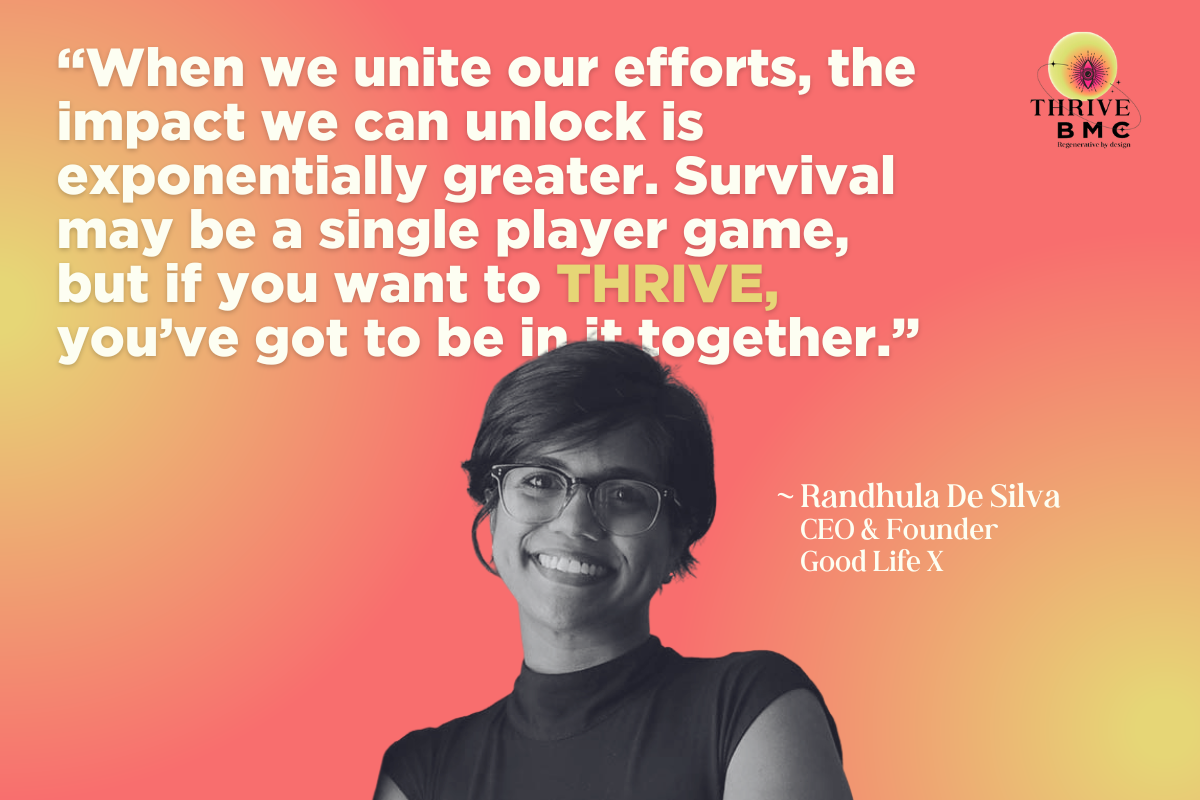

In today's rapidly evolving economic and business landscape, the necessity for a fundamental shift towards regeneration has never been more apparent. The convergence of ecological, financial, economic, and social crises demands an urgent and comprehensive response. We believe that the power to drive this transformation lies not in isolated efforts but in collective action and robust partnerships.
The traditional business models built on extractive principles have led us to a point where our ecological and social systems are under unprecedented strain. To ensure a future where our lives on earth are sustained for generations to come, businesses must transition from being the root cause of problems to building solutions that sustain life on earth. In other words we need to shift from extractive outdated models to models which are regenerative—models that restore and replenish the resources they use, rather than deplete them. Regenerative businesses aim to create positive impacts on society, environment and the people, going beyond mere sustainability or creating less harm, to actively creating more good to improve the systems they are part of.
When we unite our efforts, the impact we can unlock is exponentially greater. Survival may be a single player game, but if you want to THRIVE, you’ve got to be in it together. Through regenerative action and transformation, businesses, corporations, non-profits, and communities come together to drive systemic change. Here’s why collective action is crucial:
Embedded into the Thrive Canvas is a commitment to fostering collective action and building strong partnerships to drive regenerative transformation where we not just survive through resilience but Thrive in togetherness. This business canvas developed by Good Life X, provides a roadmap for businesses to navigate towards a regenerative journey. It's built on the core principles of the THRIVE Philosophy:
● Joy: Cultivating a sense of purpose and fulfillment within the organization.
● Agility: Embracing adaptability and responsiveness to an ever-evolving landscape.
● Abundance: Shifting from a scarcity mentality to one that fosters collaboration and optimizing of resources.
● Inclusivity: Ensuring a wider range of stakeholders are contributing to the decision-making processes and benefit from the company's success.
This isn't just about fine-tuning current practices; it's about fundamentally reimagining the role of businesses in society. A regenerative approach goes beyond resilience in the face of environmental and social challenges, fuels innovation for a sustainable future, and cultivates a more engaged workforce across generations and social spectrums – all critical ingredients for enduring success in a rapidly evolving global landscape.
Local companies such as Serendipol, Good Folks and House of Lonali have embraced this concept of regeneration and embedded THRIVE into their business model, not as a CSR activity but as part of their core business and this has enabled them live up to their true purpose, build businesses which are adaptable to rapid advancement and change and flourish prospects for the communities and stakeholders who are connected to them.
The journey towards regeneration starts with a single step, but it is powered by collective strides. We are committed to sharing our knowledge and to support businesses in moving towards a THRIVE regenerative model. Want to learn more or are you ready to take the next step towards building a regenerative business? Contact us to enroll for a THRIVE Masterclass that takes place every quarter or for a 2-5 day design lab which will be a personalized learning experience and THRIVE Business Plan and how it can be applied to your organization.
Become a part of a global movement towards a regenerative future. Together, we can create a world where businesses are a force for good, driving positive change for our planet and future generations.
Contact us now through connect@goodlifex.com Let's harness the power of collective action and partnership to build a thriving, sustainable world.